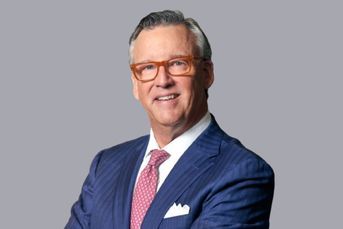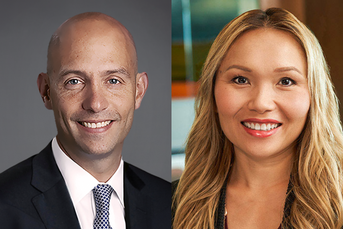401(k) trading in 2019 hints at correction jitters

Retirement plan participants who traded in their accounts in 2019 largely moved out of stock funds and into fixed income
Investors in 401(k) plans appear to be increasingly worried about a market correction.
Retirement plan participants who made trades in their accounts in 2019 largely moved out of stock funds and into fixed income, continuing a trend that began amid the market dip in late 2018, according to a report from Alight Solutions.
Those who rebalanced from stock-heavy portfolios in favor of bonds last year missed out on returns in the aging bull market, but they nonetheless
made good decisions, said Rob Austin, head of research at Alight.
People gradually rebalanced to more conservative allocations during the year, Mr. Austin said. Meanwhile, “there are a lot of people who will go to 100% equities, and there are a lot of people who will go to 100% bonds.”
2018 represented a much more reactionary year for 401(k) trading, as there were 46 days of higher-than-usual trading activity, compared with 25 such days in 2019, according to Alight.
But the trading that occurred on those 25 days was at a higher volume, leading to the biggest year for 401(k) account trading since 2013. And the trading days seen in 2018 “tended to cancel each other out,” given the balance between equity-heavy and bond-heavy days, Mr. Austin said.
Last year showed “more of a measured and methodical approach by people,” he said. “People continue to say investing is a long-term approach. What happens in the market in a single day shouldn’t dictate my entire investing methodology.”
But that rule could go out the window if there’s a correction, and how people will react is a big question, he said.
Last year, bond funds represented the biggest chunk of inflows that were due to trading, at 55%, followed by stable value funds (27%) and money markets (13%), according to Alight.
Meanwhile, large-cap U.S. equity funds accounted for 49% of trading
redemptions, ahead of company stock (34%) and small-cap U.S. equity funds (8%).
Despite plan participants’ tendency to shift to bonds, fixed income represented a slightly smaller slice of the 401(k) pie at the end of the year compared with the end of 2018. That is because of the strong performance of the equities market, as well as ongoing contributions to target-date funds, which invest heavily in equities, Mr. Austin said.
Alight’s trading report is based on data from its 2 million 401(k) participants, representing about $200 billion in assets, according to the company.
Investors put more new money into target-date funds than another other type of fund in 401(k)s plans, with the allocation products accounting for 47% of contributions last year, according to Alight.
Consequently, assets in target-date funds made up 29.3% of 401(k) assets as of the end of the year, up from 28% at the end of 2018. And large-cap U.S. equity funds represented 26% of 401(k) assets as of the Dec. 31, up from 24.1% a year prior.
Meanwhile, assets in bond funds accounted for 7.9% of all 401(k) assets, compared with 8% at the end of 2018, according to Alight.
Overall, assets in equities increased by 1.5 percentage points during the year, going from 66.6% to 68.1%, while fixed-income assets dropped 1.5 percentage points, from 33.4% to 31.9%.
Learn more about reprints and licensing for this article.








